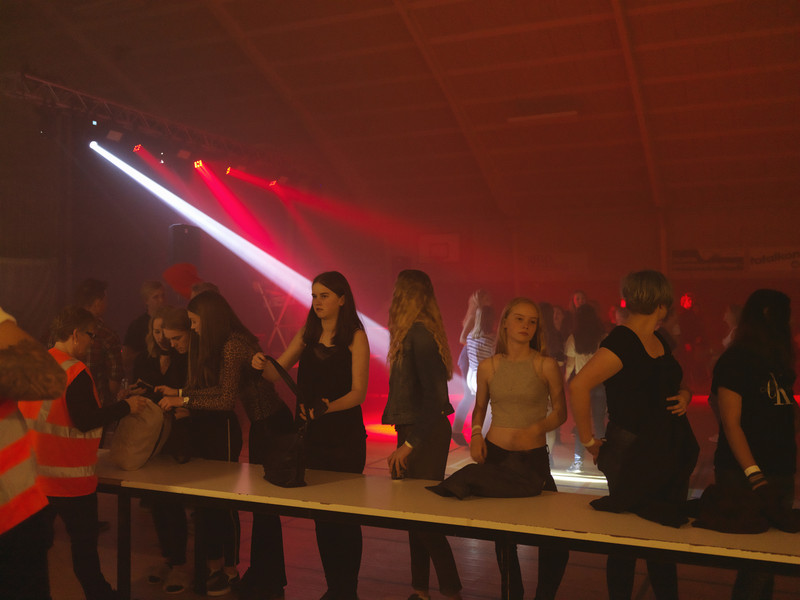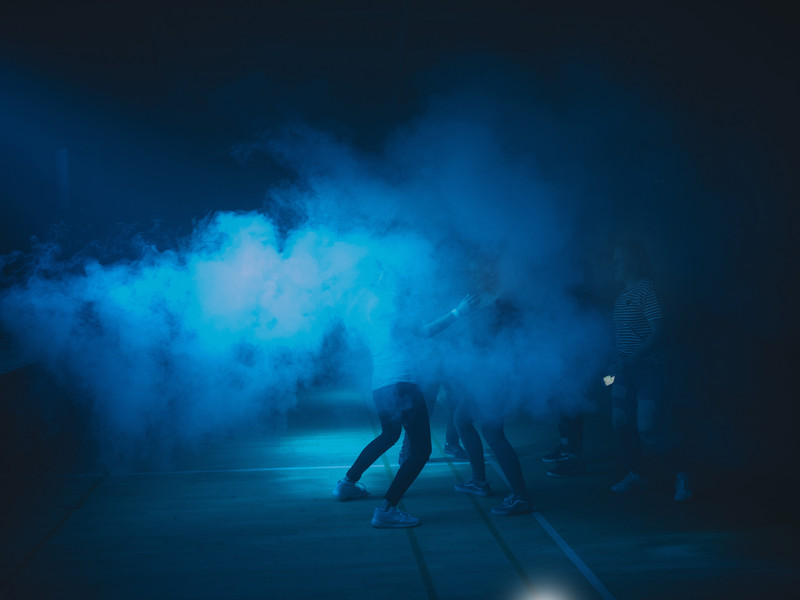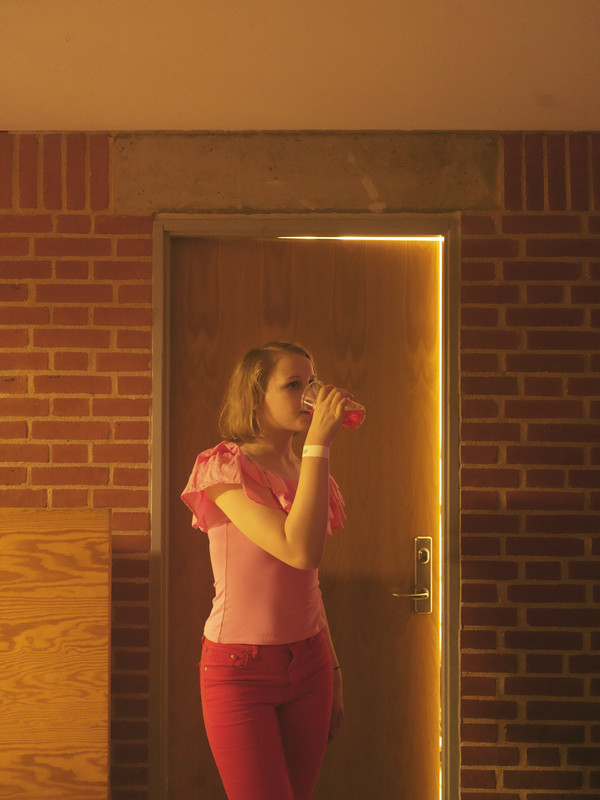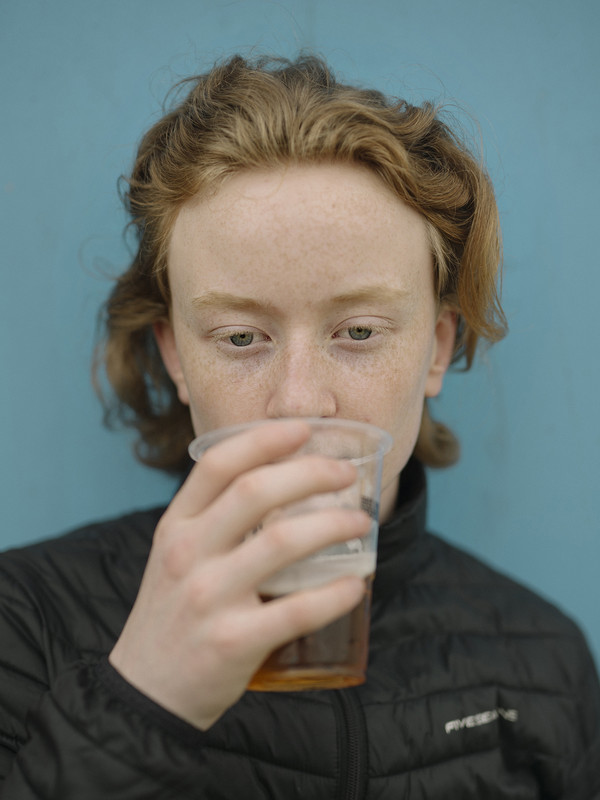Beginning Of The Party
© Marie HaldDenmark has two records that are often mentioned in the media: The Danes have been voted the happiest nation in the world (for years) and the consummation of alcohol always sets them on the top of the list worldwide.
Alcohol traditionally plays an essential role in many different settings in the Danish society. Just one hundred years ago, beer used to be a normal beverage for every meal and our traditions are still very much tied up around alcohol. For years, Danish teenagers have been breaking records when it comes to drinking alcohol. According to the Comparative Child Well-being survey, nearly one in three Danish teenagers aged 13-15 have been drunk at least twice. This puts Denmark at the top two percent in the world of OECD’s list of young consumers of alcohol. Beginning to drink can be seen as a rite of passage into adult life. In Denmark numerous activities and parties are arranged by parents with the purpose of sending young boys and girls into the part of their lives where alcohol is a normal setting for every social event. Marie Hald focuses on the Danish phenomenon of “Halfest” (‘Gym Party’) - a discotheque hosted by adults and a common place for a Danish child to have his/her first experience with alcohol. Hald’s photographic journey focuses on the traditional “halfest”. It is a look into the lives of teenagers. A world full of identity seeking, beginnings, loneliness and love. And a world that adults aren’t often invited into.






'Halfest' is a type of party that is very common to the suburbs and small towns around Denmark. And on the massive dance floor in the gym where the parties are hosted young people do not only begin to experience the impacts of alcohol – here many also start the affairs of living an adult life in all it's glory along with sexual relationships, friendships and drama.
Marie has gone on a photographic journey in the drinking environment of danish teens.
The story explores why consuming alcohol is a particularly big phenomenon in Denmark. Are we simply on top of the records because it is a tradition? And does it have any links to being happy?
click to view the complete set of images in the archive
